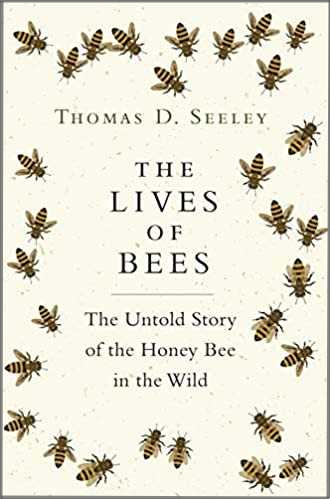A to Z of
Honey Bees And Beekeeping
G - J
G
Guard bee
A bee tasked with monitoring potential threats to the hive, such as from wasps
and other ‘stranger’ bees. In the event
of a threat, guard bees emit a pheromone which alerts other colony members.
H
Haemoglymph
The bee’s body fluid or ‘bee blood’.
Hefting
Lifting a hive in order to determine the weight, and hence availability of food supplies for feeding the honey bee colony.
Hive
Structure used for the purpose of housing domesticated bees. See types of bee hive.
Hive Tool
A handy tool used by beekeepers for scraping as well as levering and separating frames. See more in beekeeping equipment.
Honey
Food stores made by honey bees from nectar gathered from flowers. See What Is Honey?
Honey flow
The period of time in the year when nectar availability from flowers is at its peak – a key foraging time for bees.
Honeycomb
Wax, hexagonal cells containing honey.
Hygienic Behaviour
Describes the methods used by bees to maintain individual, colony and hive/nest cleanliness and health. It includes using natural substances within the hive that help repel bacteria and prevent disease, removing dead bees and diseased larvae, and grooming of colony members. Watch this video of a bee grooming away varroa mite.
I
Imidacloprid
One
of the neonicotinoid insecticides restricted by the EU. Read more about bees and neonicotinoids.
Isle
Of Wight Disease
A
disease first found on the Isle of Wight, UK in 1904. The tracheal mite, Acarine, or Acarapis
woodii are thought to be a major
factor. It affects the breathing tubes
(trachea) of the bees. The origin of the
mite (where the mite had come from) is not known. Acarine can lead to the collapse of a whole
colony if infestation is severe.
Although there is no known treatment, it is generally thought to pose a
low threat in the UK these days, although Tracheal mites had a
negative impact on the beekeeping industry in North America, after it arrived
in North America in the 1980s from Mexico.
Italian
Bee – Apis mellifera ligustica
Generally
thought of as a bee with good temperament from the perspective of
beekeepers. It is reputed to produce a
large honey crop, and rarely swarms.
J
Jelly
(See
royal jelly)
If you found this page helpful or interesting, I'd really be grateful if you would share it with others - if not this page, perhaps another, such as Gardening For Bees.
Thank you so much :) .




